Application of stem cells in tissue engineering for defense medicine
- PMID: 29502528
- PMCID: PMC6389246
- DOI: 10.1186/s40779-018-0154-9
Application of stem cells in tissue engineering for defense medicine
Abstract
The dynamic nature of modern warfare, including threats and injuries faced by soldiers, necessitates the development of countermeasures that address a wide variety of injuries. Tissue engineering has emerged as a field with the potential to provide contemporary solutions. In this review, discussions focus on the applications of stem cells in tissue engineering to address health risks frequently faced by combatants at war. Human development depends intimately on stem cells, the mysterious precursor to every kind of cell in the body that, with proper instruction, can grow and differentiate into any new tissue or organ. Recent reports have suggested the greater therapeutic effects of the anti-inflammatory, trophic, paracrine and immune-modulatory functions associated with these cells, which induce them to restore normal healing and tissue regeneration by modulating immune reactions, regulating inflammation, and suppressing fibrosis. Therefore, the use of stem cells holds significant promise for the treatment of many battlefield injuries and their complications. These applications include the treatment of injuries to the skin, sensory organs, nervous system tissues, the musculoskeletal system, circulatory/pulmonary tissues and genitals/testicles and of acute radiation syndrome and the development of novel biosensors. The new research developments in these areas suggest that solutions are being developed to reduce critical consequences of wounds and exposures suffered in warfare. Current military applications of stem cell-based therapies are already saving the lives of soldiers who would have died in previous conflicts. Injuries that would have resulted in deaths previously now result in wounds today; similarly, today's permanent wounds may be reduced to tomorrow's bad memories with further advances in stem cell-based therapies.
Keywords: Defense medicine; Stem cells; Tissue engineering; War injuries.
Conflict of interest statement
Ethics approval and consent to participate
Not Applicable.
Consent for publication
Not Applicable.
Competing interests
The authors declare that they have no competing interests.
Figures
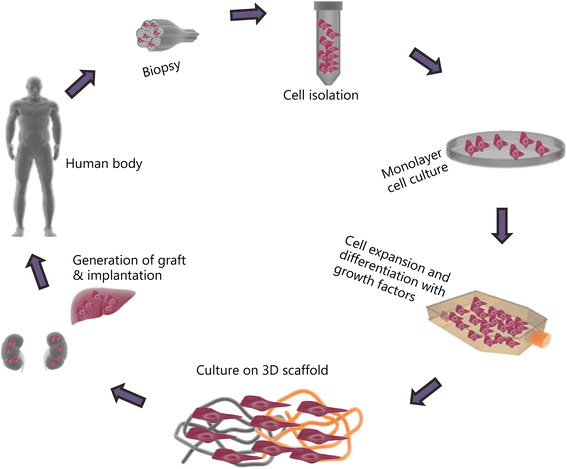
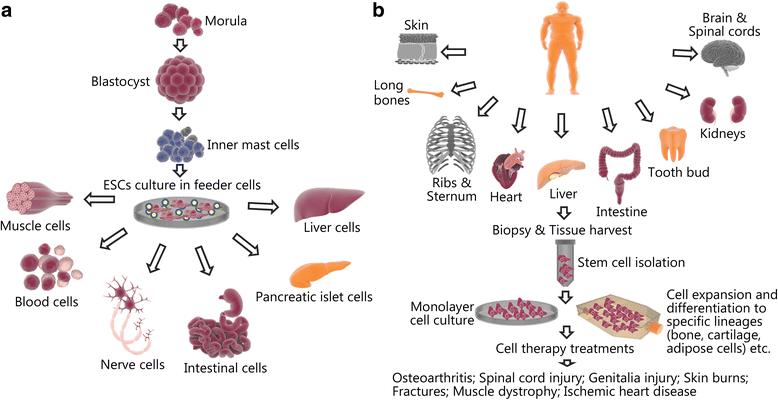
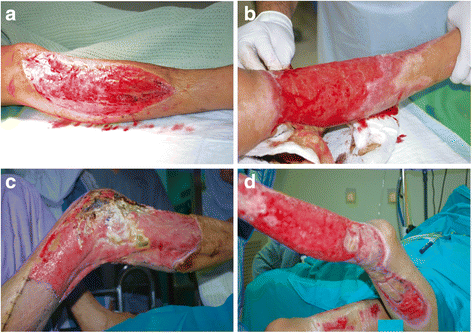
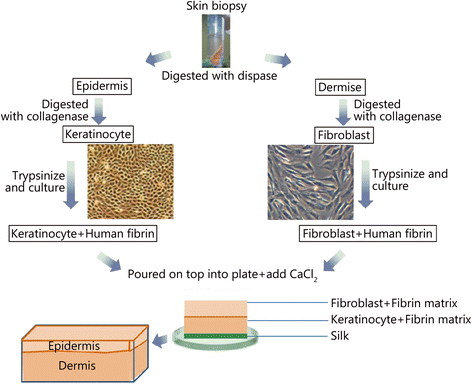
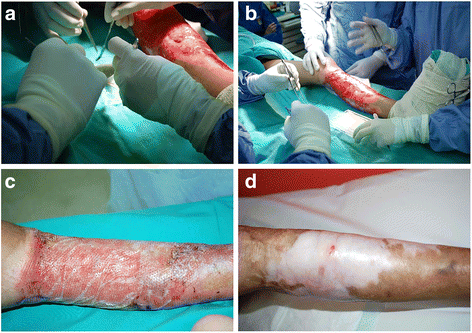
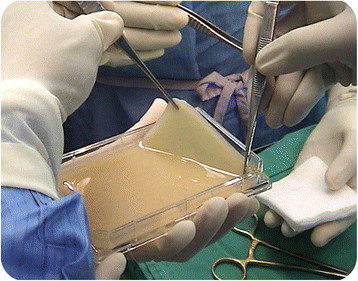
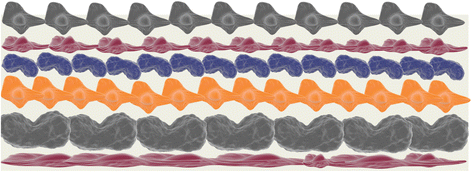
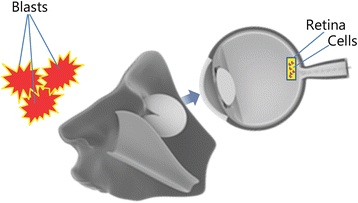
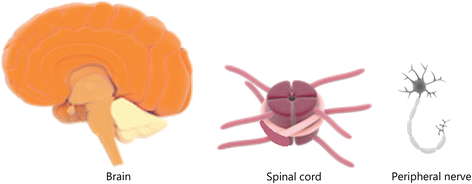
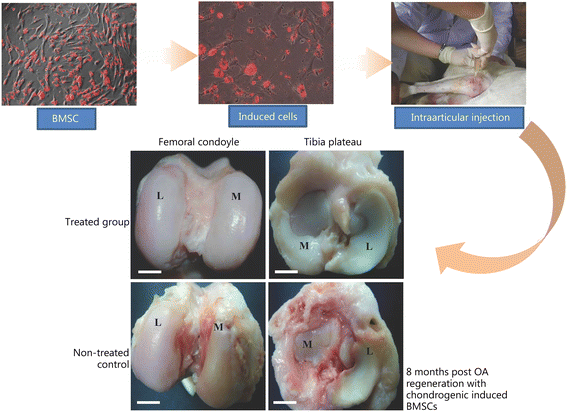
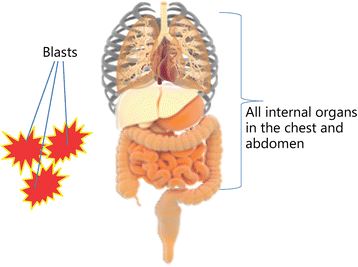
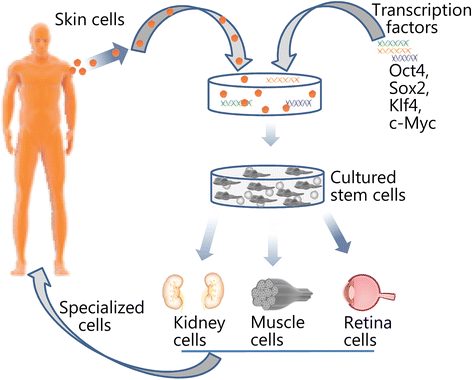
Similar articles
-
Military medical research on internal diseases in modern warfare: new concepts, demands, challenges, and opportunities.Mil Med Res. 2021 Mar 12;8(1):20. doi: 10.1186/s40779-021-00313-8. Mil Med Res. 2021. PMID: 33712087 Free PMC article. Review.
-
Tissue engineering for the management of chronic wounds: current concepts and future perspectives.Exp Dermatol. 2012 Oct;21(10):729-34. doi: 10.1111/j.1600-0625.2012.01542.x. Epub 2012 Jun 29. Exp Dermatol. 2012. PMID: 22742728 Review.
-
Tissue engineering, stem cells and cloning: current concepts and changing trends.Expert Opin Biol Ther. 2005 Jul;5(7):879-92. doi: 10.1517/14712598.5.7.879. Expert Opin Biol Ther. 2005. PMID: 16018735 Review.
-
Engineering organs.Curr Opin Biotechnol. 2009 Oct;20(5):575-92. doi: 10.1016/j.copbio.2009.10.003. Epub 2009 Nov 5. Curr Opin Biotechnol. 2009. PMID: 19896823 Review.
-
Stem cell applications in military medicine.Stem Cell Res Ther. 2011 Oct 19;2(5):40. doi: 10.1186/scrt81. Stem Cell Res Ther. 2011. PMID: 22011454 Free PMC article. Review.
Cited by
-
Therapeutic Applications of Stem Cells and Extracellular Vesicles in Emergency Care: Futuristic Perspectives.Stem Cell Rev Rep. 2021 Apr;17(2):390-410. doi: 10.1007/s12015-020-10029-2. Stem Cell Rev Rep. 2021. PMID: 32839921 Free PMC article. Review.
-
A Review of the Use of Microparticles for Cartilage Tissue Engineering.Int J Mol Sci. 2021 Sep 24;22(19):10292. doi: 10.3390/ijms221910292. Int J Mol Sci. 2021. PMID: 34638629 Free PMC article. Review.
-
A Comparative Review of Natural and Synthetic Biopolymer Composite Scaffolds.Polymers (Basel). 2021 Mar 30;13(7):1105. doi: 10.3390/polym13071105. Polymers (Basel). 2021. PMID: 33808492 Free PMC article. Review.
-
Burns Impair Blood-Brain Barrier and Mesenchymal Stem Cells Can Reverse the Process in Mice.Front Immunol. 2020 Nov 6;11:578879. doi: 10.3389/fimmu.2020.578879. eCollection 2020. Front Immunol. 2020. PMID: 33240266 Free PMC article.
-
Biological evaluations of decellularized extracellular matrix collagen microparticles prepared based on plant enzymes and aqueous two-phase method.Regen Biomater. 2021 Mar 13;8(2):rbab002. doi: 10.1093/rb/rbab002. eCollection 2021 Mar. Regen Biomater. 2021. PMID: 33738116 Free PMC article.
References
-
- IDA, Lurie PM. Comparing the costs of military treatment facilities with private sector care. Tech Report. 2016; NS P-5262: 15-000527.
-
- Milstein M. Bringing stem cells to war: meet the blood pharmers. 2008. Available: www.popularmechanics.com/military/research/a3781/4296060. Accessed 22 Dec 2016..
-
- Lawler D. Washington. The US military is funding research into lab-grown testicles. Available: www.telegraph.co.uk/news/worldnews/north america/usa/12090097. Accessed 22 Dec 2016.
-
- Tissue engineering: Despite technical and regulatory challenges, the prospects for tissue engineering are good. Nature Biotechnol. 2000; 18: IT56-8.
Publication types
MeSH terms
LinkOut - more resources
Full Text Sources
Other Literature Sources
Research Materials

